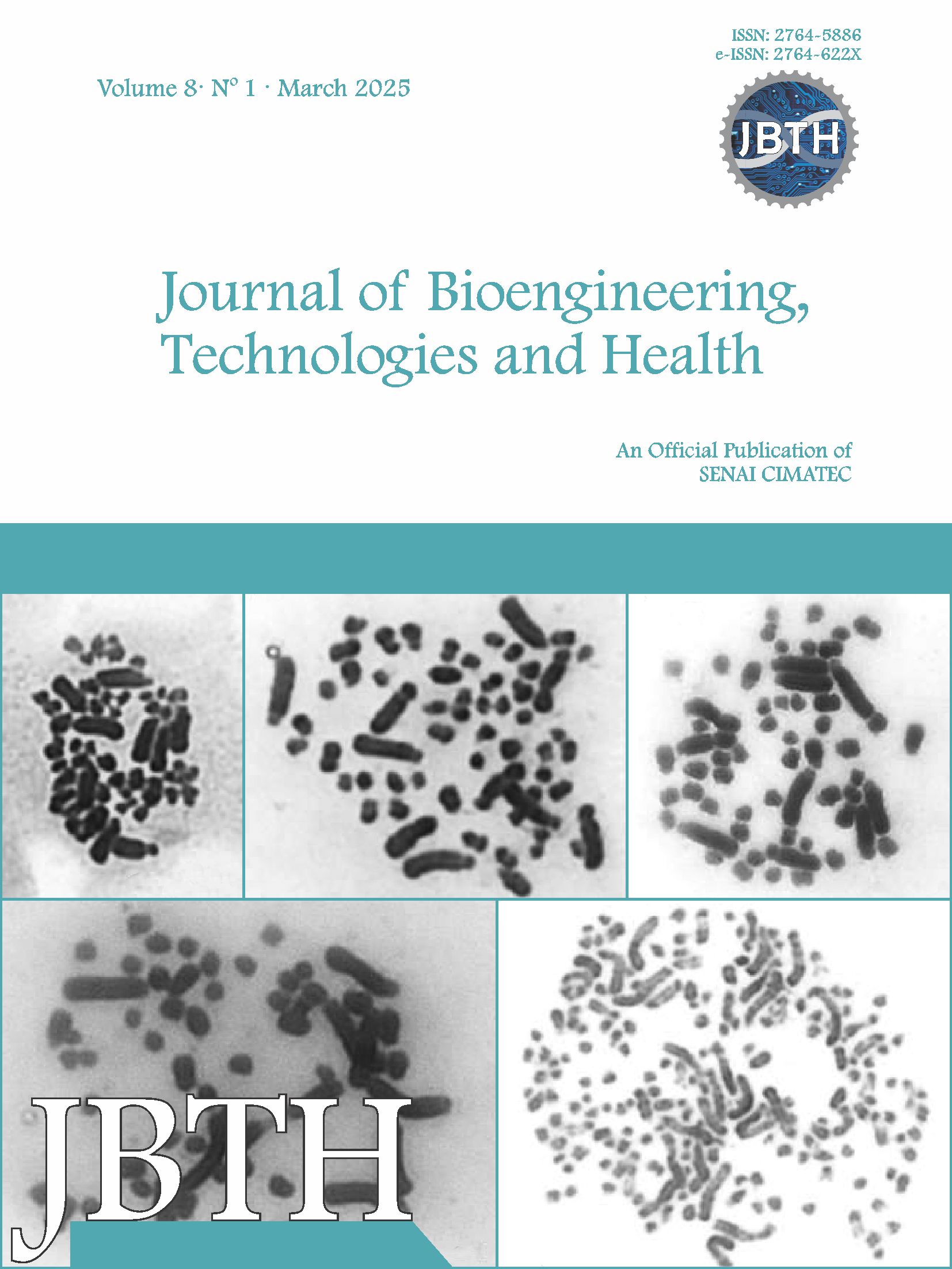Comparative Assessment for Forage Palm and Agave sisalana Biomass for Sustainable Biofuel Production
Abstract
In recent years, interest in semiarid biomass has surged. This study examines the physical-chemical properties of Opuntia fícus indica Mill (Palma forrageira) and Agave sisalana Perrine (Agave sisalana). This study aimed to characterize these biomasses by analyzing key structural components: moisture content, ash content, cellulose, hemicellulose, and lignin. The results reveal that Opuntia fícus indica Mill contains 78.65% moisture, 3.65% ash, 54.11% cellulose, 18.60% hemicellulose, and 21.08% lignin. In contrast, Agave sisalana Perrine exhibits 82.36% moisture, 11.65% ash, 63.39% cellulose, 5.80% hemicellulose, and 18.67% lignin. Forage Palm, with its higher cellulose and hemicellulose content, may be better suited for biofuel production. Meanwhile, Agave's elevated ash content warrants consideration when evaluating its combustion quality and energy yield. Balancing lignin levels in both biomasses is crucial for efficient utilization.


